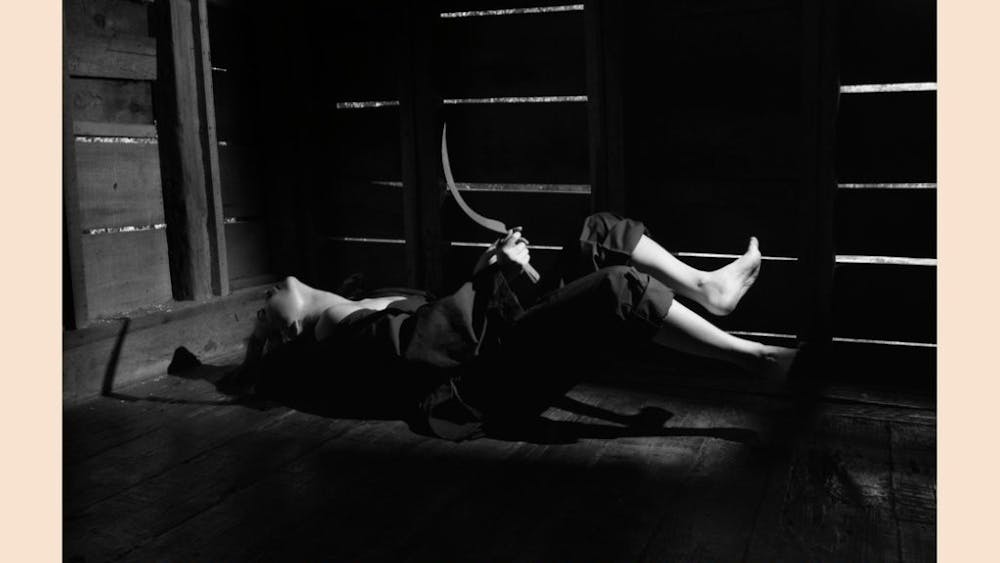Politicians and education experts have long pondered why private schools, in general, do a far better job than public schools at educating America's youngsters, often with less money. Status quo opinion is to throw money at the schools, thereby creating smaller class sizes, higher teacher salaries and more textbooks. \nAccording to the 2002 Digest of Education Statistics, a publication of the National Center for Education Statistics, per-pupil spending in America's elementary and secondary schools has nearly quadrupled over the past 40 years. In 2000 alone, New York, New Jersey, Connecticut and the District of Columbia, forked out more than $10,000 per student. To put this into perspective, the average tuition at a private elementary school is $3,267; secondary school, $6,052.\nHas all of this money significantly improved school performance? \nNo. \nIn some districts like Washington, D.C., increases in spending have actually been met with a decrease in student performance. Simply throwing money at public education is not enough, the problem needs to be dealt with from the bottom up.\nFirst, schools must stop social promotion and charity diplomas. \nA teacher recently told me about her first high school teaching position. As if disruptive students weren't enough, most of her freshman class couldn't even comprehend a single paragraph of writing from a textbook. These students should not have graduated from elementary school. Promoting students simply to get rid of them leaves them unfit for the challenges ahead. No amount of affirmative action or remedial coursework in college will make up for 12 years of poor education. \nSecond, an educational climate must be fostered at home; parents must enforce a positive learning environment outside of school. When I was younger, the students who earned the worst grades typically spent their school nights roaming the streets. \nThird, and most important, parents must be able to remove their children from failing schools. State and local governments must empower parents, through the use of vouchers, to choose better schools.\nI can already hear the voucher opponents who usually argue that vouchers endorse sectarian schools and drain funds from school districts. These are both myths. In fact, the Cleveland voucher program showed that vouchers are not only cost effective but also constitutional because the funds are applied indirectly -- the parents make the choice, not the state. \nThe most important reason for implementing voucher programs: parents want them. The 2002 National Opinion Poll of the Joint Center for Political and Economic Studies found that most of the general population (51.7 percent) in America supports vouchers. What's more, the support for vouchers among African Americans aged 26-35 is overwhelming (70.4 percent). Blacks' opinion on this matter is especially pertinent since most of the worst public schools reside in urban, black neighborhoods. Allow me to add a personal anecdote.\nMy parochial elementary school attracted a diverse student body from several neighborhoods in the city of Philadelphia. I distinctly remember several black students in my class who commuted from a neighborhood northwest of the city. Everyday, these students would take three public transportation buses very early in the morning to be at class by 8 a.m. I often questioned why these kids who weren't even Catholic were attending a Catholic school. \nI was naive then, but as I've grown older, the answer has become quite clear: their parents refused to let them go to a dying public school. Paying out-of-pocket for tuition, taking six buses daily and welcoming different religious beliefs is a lot to sacrifice for a good education. It's obvious that parents want school choice, and it's about time politicians and education "experts" turn up their hearing aids.
Private v. Public
Get stories like this in your inbox
Subscribe





